Neuroscience signaling pathways focus on the communication between neurons in the brain and nervous system. This subcategory within the broader field of signaling pathways examines the intricate mechanisms by which neurons transmit information through electrical and chemical signals. Researchers in this field investigate the complex network of signaling molecules, receptors, and intracellular pathways that regulate various physiological processes in the brain, such as neuronal differentiation, synaptic plasticity, and neurotransmitter release.
Studies in neuroscience signaling pathways have significant implications for understanding the underlying mechanisms of brain function and dysfunction. Dysregulation in these pathways can lead to neurological disorders and conditions, such as Alzheimer’s disease, Parkinson’s disease, and depression. By unraveling the intricacies of these signaling pathways, researchers aim to identify potential targets for therapeutic interventions to treat and manage these disorders.
Overall, neuroscience signaling pathways play a crucial role in advancing our understanding of brain function and in developing new strategies for the diagnosis and treatment of neurological conditions. This subfield provides valuable insights into the molecular mechanisms that govern brain physiology and pathology.
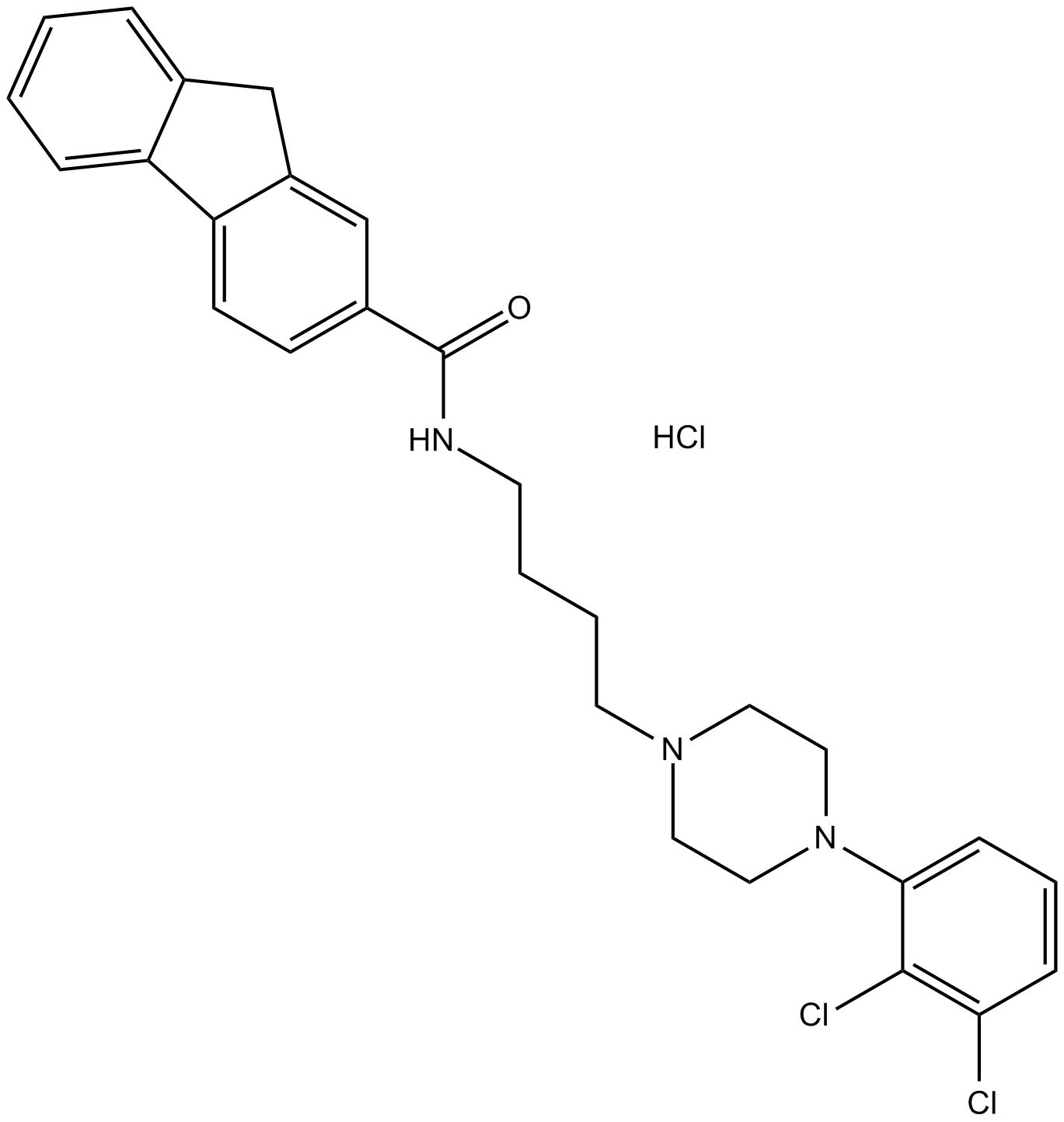
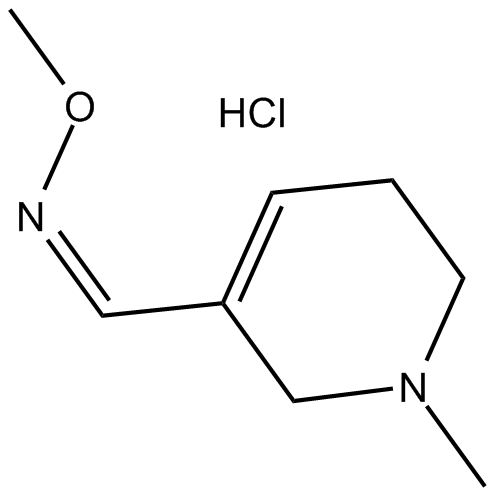

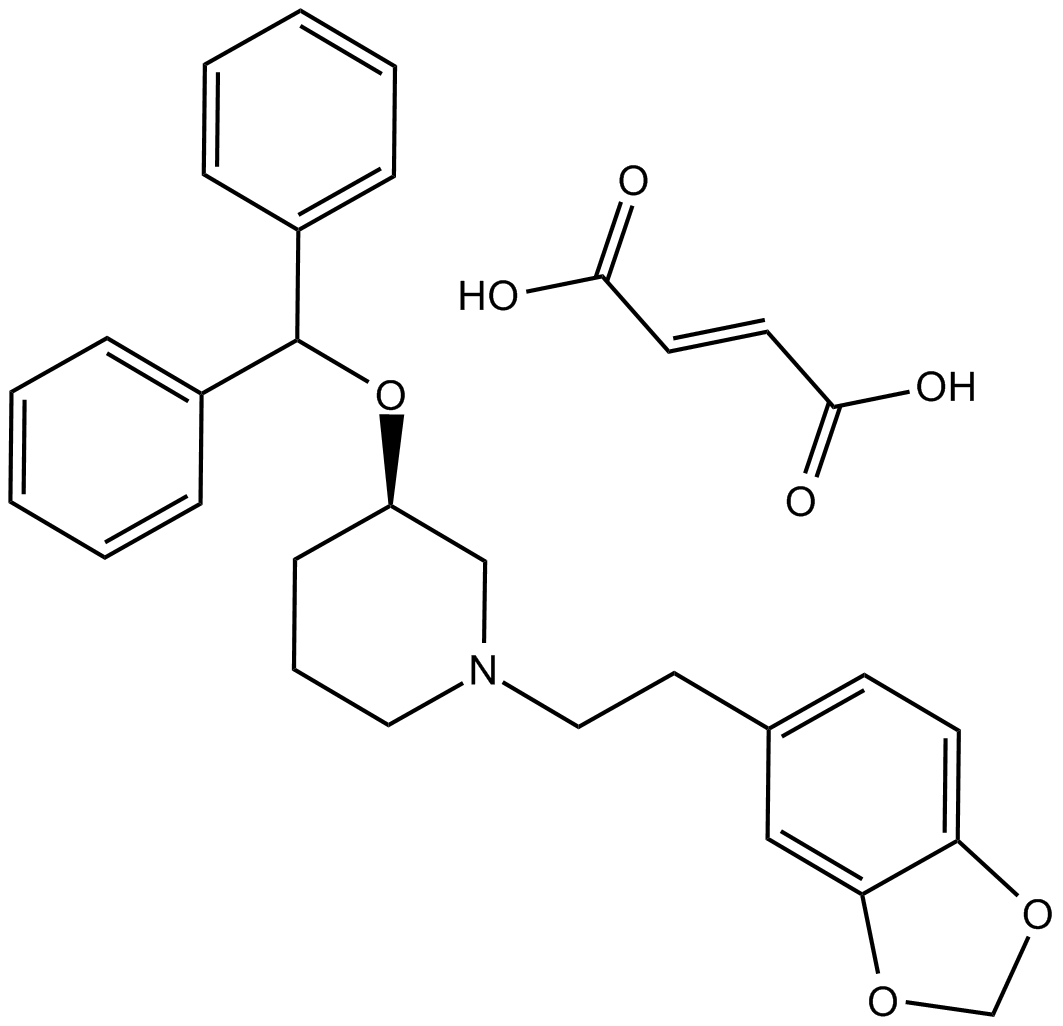


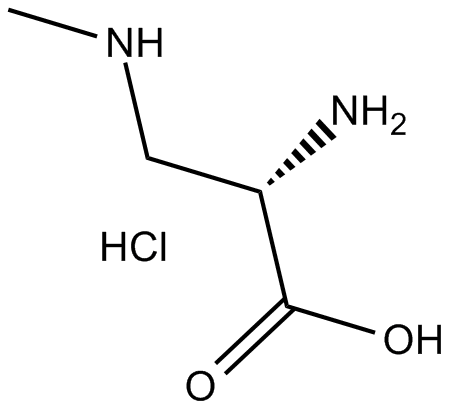

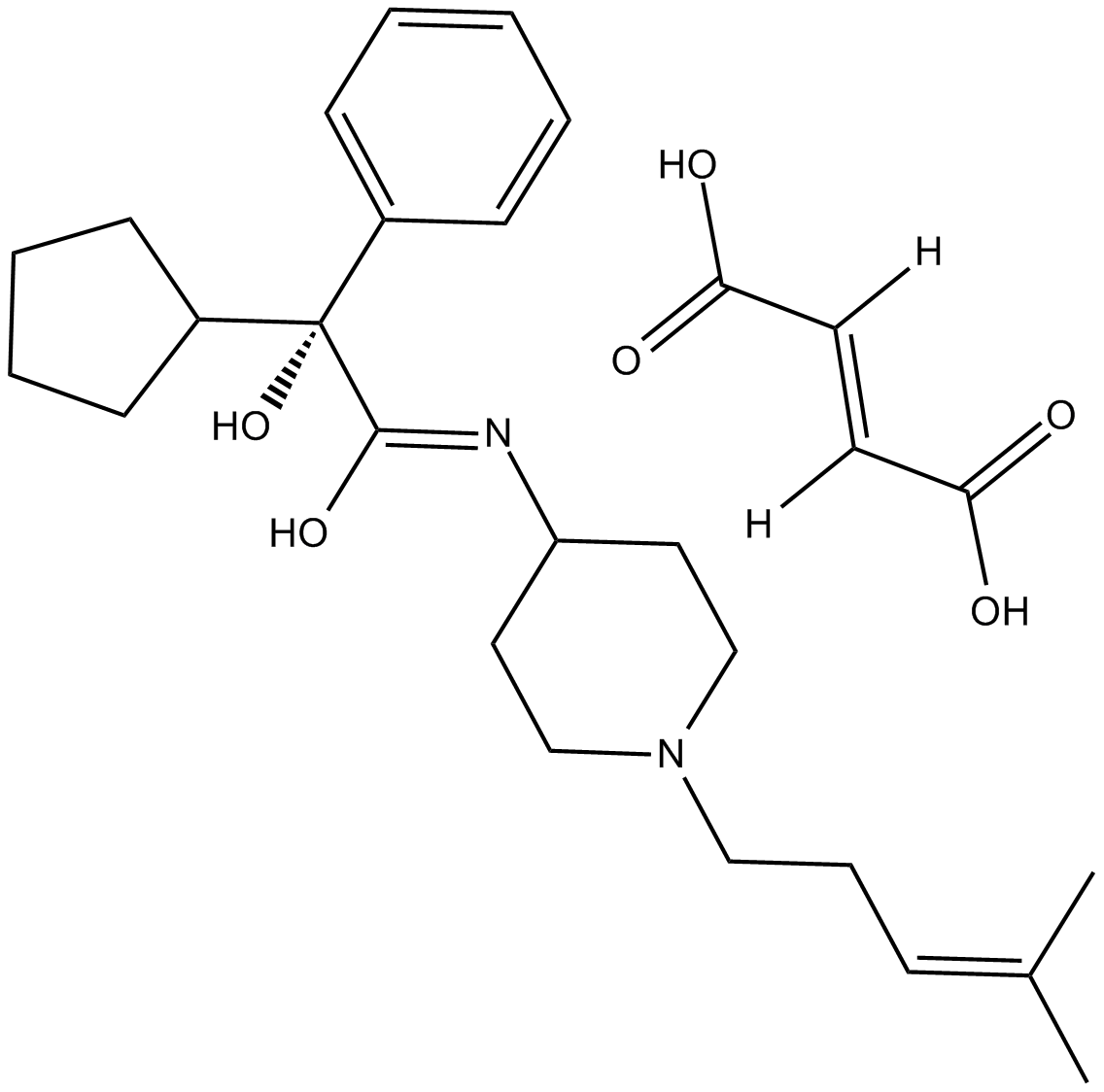
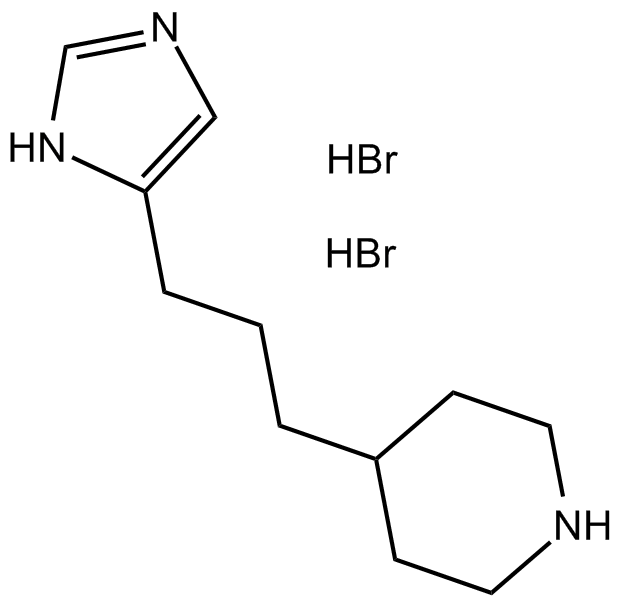
Whether you are looking to place an order or simply want to learn more about our extensive range of products, we are here to assist you every step of the way.